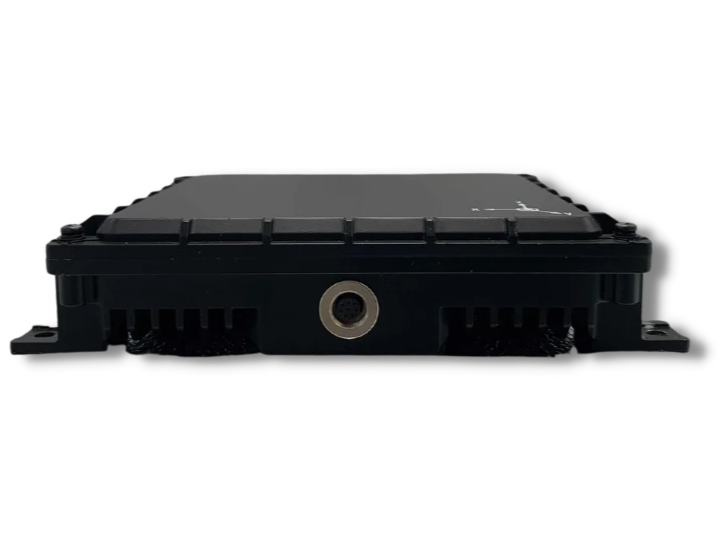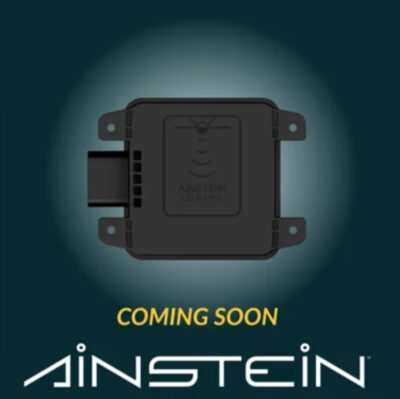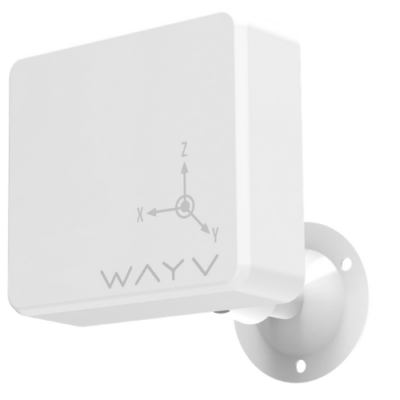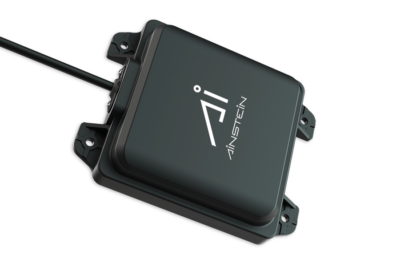Description
The latest generation of our long-range radar altimeter. The LR-D1 Pro employs a 60 GHz antenna for centimetre-level precision at low altitudes and a 24 GHz antenna for enhanced capabilities at high altitudes. The LR-D1 Pro is ideal for larger UAVs performing VTOL, helicopters, and for missions that require precision landing and ruggedized durability.
Common UAS Challenges
- Barometers are not accurate at low altitude
- Laser altimeters don’t work in all environments
- GPS sensor accuracy varies by GPS signal strength
Our UAS Solution
- LR-D1 Pro accurately measures altitudes from 0.3-500m
- LR-D1 Pro is a radar altimeter, so it works in all weather
- LR-D1 Pro relies on itself, even in GPS-denied environments
Why Choose The LR-D1 Pro Radar Altimeter?
- Industrial-Grade Durability: Ideal for high-speed, high-shock, and high-vibration environments, suitable for the most heavy-duty UAS applications
- Dual-Band Radar Configuration: Simultaneously measures altitude using two antennas, employing data fusion to provide seamless altitude output
- Centimeter-Level Precision: Precision down to the centimetre to support the most critical moments of flight
Common Applications
- Industrial UAVs
- Advanced take-off and landing
- Tactical or ruggedized applications
FAQ
What regulatory requirements does the LR-D1 Pro meet?
The LR-D1 has not yet been FCC certified according to FCC Part 15 standards or received the CE marking.
Is the LR-D1 Pro export controlled?
Ainstein components are ITAR free, and do not classify under the US Munitions List governed by the State Department. Our units ship from the US with an Export Control Classification Number (ECCN) of EAR99, No License Required. For export, our HS Tariff Code is 8526.10.0000.
How do I set up the LR-D1 Pro?
The step-by-step procedure for setting up the LR-D1 Pro and operating it can be found in the LR-D1 Pro Technical User Manual, which will be made available upon the release of the product.
What is the measurement accuracy of the LR-D1 Pro?
The LR-D1 Pro’s altitude accuracy between 5 meters and 500 meters in altitude is ±0.365m and between 0.3m and 5m is 0.075m. Due to the filter applied to the raw data, the output that the customer sees between 5 meters and 500 meters in altitude is ±0.075m and between 0.3m and 5m is 0.015m The difference in accuracy at different altitudes is due to the two radar antennas being used simultaneously. This design was implemented intentionally to provide the user with much greater accuracy during takeoff and landing manoeuvres.
Is the LR-D1 Pro waterproof or dustproof?
The LR-D1 Pro is manufactured to an IP rating of IP67 and has been tested to that standard by our manufacturing team. Pursuing IP67 certification by a third party is on our roadmap, but it has not yet been completed.
Can I use the LR-D1 Pro below 0.3m?
The LR-D1 Pro can measure altitudes to a resolution of 1.5 cm when below 5 meters in altitude. This allows the user to operate the LR-D1 Pro effectively between 0.3m – 5m, and up to 500m.
Altitudes below 0.3m are within the LR-D1 Pro’s blind zone, meaning it is unable to detect distance accurately. Depending on the terrain below the LR-D1 Pro, the radar may be able to detect down to 0.1m, as it may be able to do over concrete. Generally, however, attempting to measure below 0.3m will result in measurements that are volatile and have a low accompanying signal-to-noise ratio, therefore Ainstein does not recommend doing so.
How do I know that the LR-D1 Pro’s radar reading is valid?
The LR-D1 Pro records both the altitude measurement and a corresponding signal-to-noise ratio measurement from both a 24 GHz and 60 GHz radar with update rates of 40 Hz. Every measured altitude is recorded with its SNR. The signal-to-noise ratio can be used to validate the integrity of an altitude reading. We typically consider a signal-to-noise ratio of less that 13 dB as a low-confidence measurement.
The LR-D1 Pro also outputs an error code when other factors might be affecting the measurement, such as the 60 GHz or 24 GHz radars having a low SNR. More details about this can be found in the LR-D1 Pro User Manual.
What is the meaning of the radar output? Does it measure the distance to the closest object detected or the distance of the biggest object seen?
The radar is designed to detect the distance to the ground below when the ground is the main object in its field of view, and when the radar is facing the ground/water. Other objects in the field of view can cause measurement errors.
The output is primarily the result of the proximity and size of the object detected, but it is also influenced by the material of the object detected and the angle at which the signal is reflected from the object.
Can the LR-D1 Pro operate at high speeds?
Yes, the LR-D1 Pro has been flight tested at 200 m/s and encountered no issues at these speeds. The LR-D1 Pro was designed to be unaffected by extreme operating conditions such as high flight speeds, high bank angled turns, and sharp changes in altitude.
Is there a bench test software tool for the LR-D1 Pro?
Yes, there is a bench test software application that can be provided upon request. Please email support@ainstein.ai for more information.





